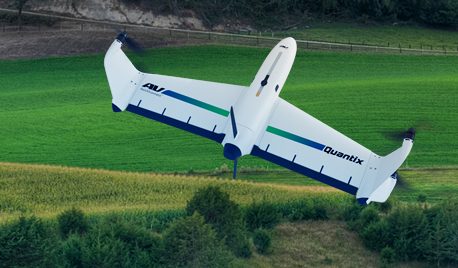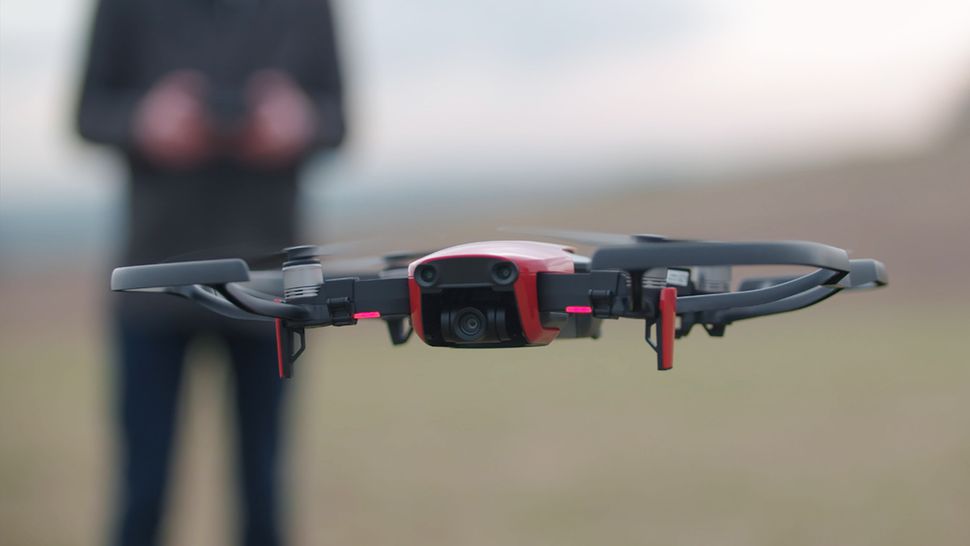Drone painters, robot masons and bionic workers may one day be a common sight on construction sites. Advances in artificial intelligence, coupled with an ongoing labour shortage, have construction companies looking for options to the traditional labourer. Job titles such as robotics technician and virtual construction supervisor are now listed on recruiting sites, and the University of Arizona is looking to add classes on these technical advances to its civil engineering program.
The construction field is one of the least-digitized industries, according to a report by McKinsey Global Institute. Tucson-based Sundt Construction Inc. has 15 drones working in fleets across Arizona, Texas and California that are tasked with capturing photo documentation and mapping data.
For example, when building on top of a closed landfill, the drone can calculate how much material is being moved at any given moment, giving the client exact information on progress. Before, someone would be counting the number of trucks coming in and out of the area to estimate progress, not knowing how full each truck might be, explained Eric Cylwik, senior virtual construction engineer for Sundt.
“With the ability to fly these drones we can measure the exact volume of how much material has been moved,” he said. “Then we can compare that surface to the week prior to show the client the progress that’s been made.”
When clients give Sundt plans for their projects, the company can lay drone imaging over the site to identify where pipes and other infrastructure should be placed.
“Before, we took a paper copy of the plans out into the field and used a tape measure, which could take half a day,” Cylwik said. “With the drone it takes about 30 minutes in the field and an hour of computer time, crunching the data.”
Once a building’s exterior is complete, the drone can use its thermal camera to measure temperatures in the building and identify spots where there might be excessive heating or cooling escaping the building — something that was previously reported by the client after the keys were turned over, Cylwik said.
“The biggest thing has been construction documentation, which doesn’t sound amazing but is amazing,” he said. “It is so difficult to tell the construction narrative with an iPhone photo and now the different stakeholders, or financing partners, can see how things are coming along in a single image showing the entire project.”
Sundt uses three different types of drones, which can fly for about 20 minutes before needing a battery switch. All drones have an FAA-certified pilot flying the missions. While the drones aren’t currently displacing existing jobs, advancements in their capability could change that.
“Looking to the future, I think there will be applications for drones that are capable of painting high-rise buildings with a cable attachment,” Cylwik said, “They could take away those jobs but could also take away the risks in those jobs people do now.”
SAM — short for semi-automated mason — is a brick-laying robot that can lay up to 350 bricks per hour, much faster than most human bricklayers.
“Human workers deal with a variety of personal and environmental elements that robots do not,” says Robotics Business Review. “For example, they get tired, burned out, or even bored with their work.”
Family or personal problems can also affect the quality of a human’s work.
“Robots, obviously, have none of these issues,” the Review says. “They can continue to operate, indefinitely at about the same rate and quality.”
But, speed and efficiency aren’t always the top concern in construction.
“Robots take away the human aspect of operations,” Robotics Business Review notes. “In construction, this change can be problematic because craftsmanship adds an extra layer of value to projects.”
Augmented robotics is also emerging in the construction industry. So-called exoskeletons can be worn by construction workers to improve their strength and lessen damage to their bodies during physical labour.
Dean Papajohn, associate professor in the civil and architectural engineering and mechanics department at the University of Arizona, embraces the technology.
“We’ve got to prepare our students for what’s next,” he said. “Academic institutions don’t always keep up with what is current.”
Papajohn was a civil engineer manager with Pima County’s Department of Transportation when he met with UA civil engineering staff.
“We said we would like to hire the civil engineering students, if they had some background in construction,” he said.
Two problems: no one in the civil engineering department knew much about construction, and the UA didn’t have the money to add the curriculum.
The private sector stepped up to fund the program and Papajohn became a full-time professor in 2015. This fall he plans to introduce civil engineering students to drones and their role in earthwork measurements, thermal mapping and traffic patterns.
“Our students are engineers and will be overseeing projects but need to understand what’s happening at construction sites,” Papajohn said. “I don’t see, at least in the near future, where robotics and artificial intelligence are going to take over ... but we’re moving more in that direction.”












